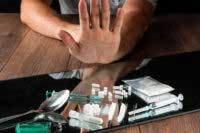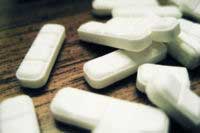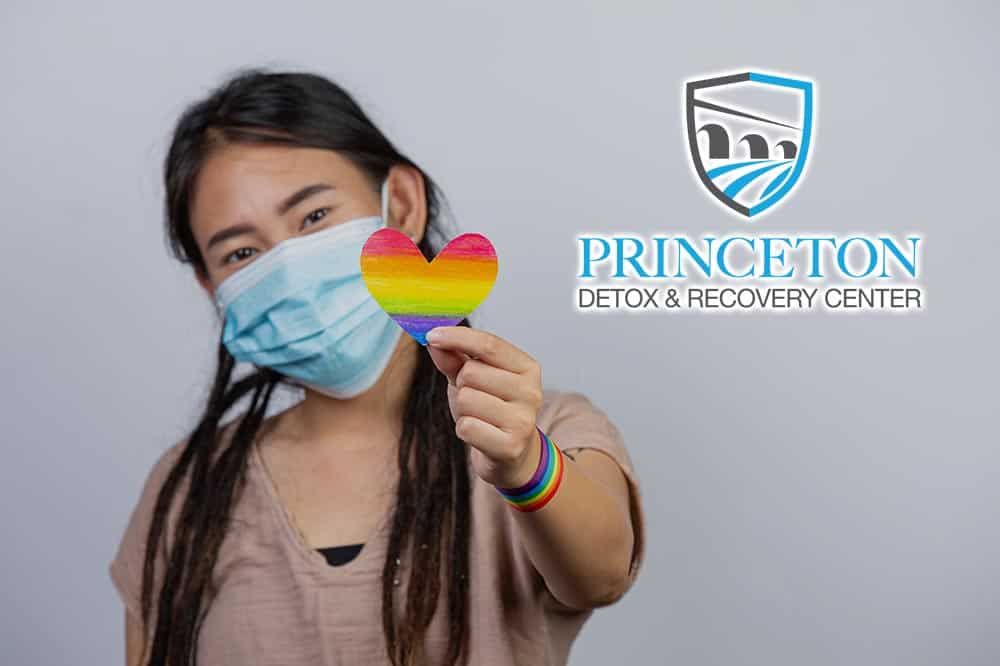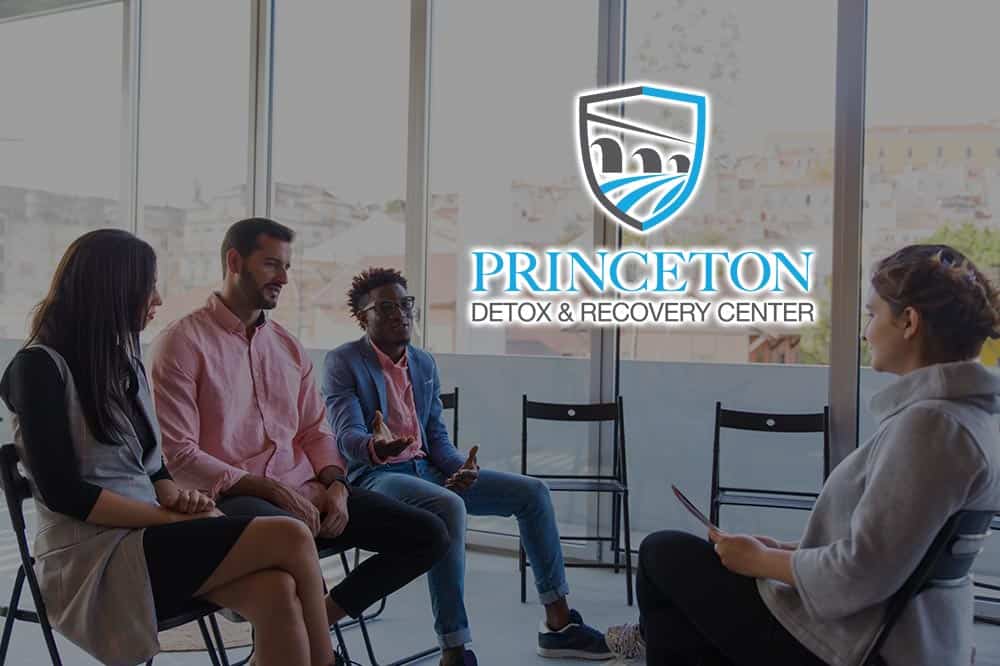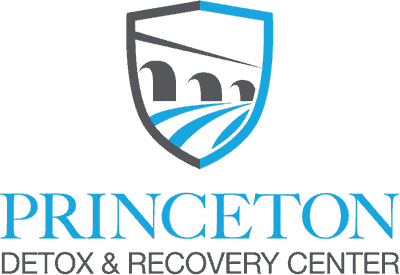Living Away from Home for the First Time Has Huge Temptations
When young people move away from home for the first time, life suddenly resembles one huge party or experiment. It’s often the first time they haven’t had to tell someone where they are, what they’re doing and when they’ll be home. It might even be the first time they’ve ever had to buy basic household items such as toothpaste on their own, but freedom never looked so good.
Unfortunately for some, this new-found freedom provides too many temptations. Even though the legal drinking age in the US is 21, the majority of college-age students do consume at least some alcohol, and for many it’s a habit that was started in their high school years. A poll of US college presidents identifies alcohol as the number one problem facing college students.
Why Underage Alcohol Drinking Happens
The issue faced by so many campuses is that when student drinking becomes excessive, it has the potential to lead to other troubles. One of the leading quandaries facing college authorities today is to figure out why students drink in the first place. There are some factors that remain elusive, but others seem to be immediately obvious.
Students find themselves in situations where, for the first time in their young lives, alcohol is readily accessible. Campus parties seem to be a regular occurrence with plenty of on- and off-campus bars to check out. And new students, looking to adjust to campus life, will often see drinking as a form of social integration.
Marketing efforts by alcoholic beverage companies, who target students as a new potential market, increase the availability of liquor by the way of promotions. Often alcohol is available at reduced prices which puts it within the budget of an average student.
Peer pressure is another key factor with a great effect on students. Approximately 60 percent of students arrive at college having already tried alcohol. And in this new world of freedom, where everyone seems to be experimenting with liquor, and no parents are present to oppose, students are likely to drink alcohol for the mere purpose of fitting in.
We Are Here For You
Let Us Help You Heal
Our Alcohol detoxification experience is second to none.
Learn how we can help by speaking with one of our Treatment Advisors today.
When Does This Become A Real Problem?
Although students as a whole are an at-risk group, certain other factors may come into play for the individual who is more at risk than others. A student with a genetic predisposition to alcohol dependence will be even more likely to indulge due to its availability. If they’ve watched their parents and/or elder siblings drink alcohol at home, they are typically less likely to value the suggestion that drinking can be inherently problematic.
When Things Get Exacerbated by Inexperience
Binge drinking is another major issue on campuses around the country – and a big one at that. Binge drinking is measured by the consumption of five or more drinks in a period of two hours. For women, the number is two or more drinks in the same period. In the course of an evening, which can last until two or three o’clock in the morning, the number of drinks consumed in one session can quickly reach into the double digits and can turn deadly.
Just some food for thought: Students who live away from home are more likely to binge drink than people of the same age who are not living away from home. The percentage of students who drink is reliably 10 percent higher than a control group who either are not students or not living away from home. Although the percentage difference is not massive, it’s certainly noticeable.
Issues Arising from Student Drinking
There are about 1,800 alcohol-related accidental deaths per year. This statistic incudes death from drunk-driving accidents. Another tragic cause of death is alcohol poisoning, made all the more senseless since it’s completely avoidable.
And the situation gets even more complicated. 696,000 students/year are assaulted by someone who’s been drinking. The number of sexual assaults involving drinking is around 97,000 per year. Although the figures are predominantly related to women, the problem does include men as well.
In this same arena, irresponsible and rash behavior, in which the students probably would not indulge were they sober, leads to unwanted pregnancies, the spread of STDs and the risk of becoming HIV positive. Alcohol induced behavior can also lead to criminal activity, even if the student was simply in the wrong place at the wrong time or completely unaware of their friend’s intensions.
Less catastrophically, about 25 percent of students who drink alcohol suffer academic setbacks from drinking, where they either fail completely or get lower grades than expected.
The bright spot is that, on campus where students are at risk, there is typically plenty of counseling and support available where students can get help. The question is, will they?

Reviewed for accuracy by:
Amanda Hilzer M.Ed, CAADC, IADAC, ICCS, LCADC, CCS
Amanda graduated from Lehigh University with both an undergraduate degree in Psychology and a Master’s of Education degree in Counseling Psychology and has worked in the field of substance use disorder treatment and mental health treatment as a counselor and as a clinical manager for over 14 years.



